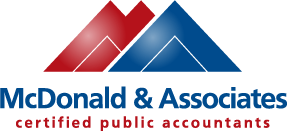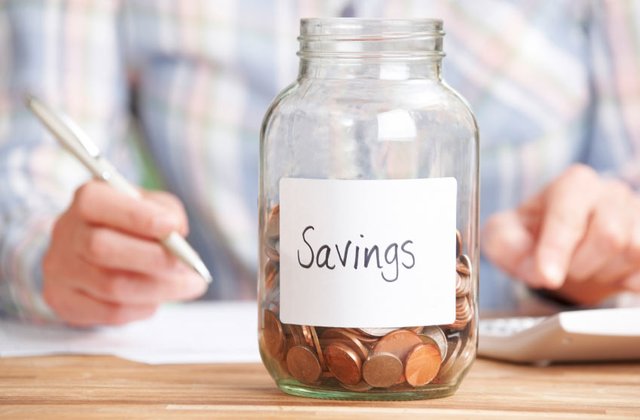Ideas For Better Savings Rates
Before the housing bubble burst in 2008, you could find high yield savings accounts that were paying rates over 5.0 percent. Today? These same banks are paying less than .10 percent.
So where are you supposed to put your money? Is there anywhere else you can put your hard-earned cash and generate a modest return? Here are several suggestions.
- Social Lending. Consider a social lending site like LendingClub, a peer-to-peer loan network that allows you to invest in other people’s loans. Typical rates that you can earn range between seven and 20 percent. There is a required initial deposit of at least $1,000.
Risks: Social lending is not for the faint of heart. You are acting as a bank and have to be prepared to take loan losses…just like a bank.
- Brokerage Accounts. Brokerage accounts often have a number of options to earn ongoing interest higher than most banks. It includes investing in dividend-bearing stocks, bonds and other CDs. Many of these options will provide higher savings yields than banks, but you need to know the risks of your options before you invest.
Risks: Each product offered within your brokerage account will have its own risks. For instance, dividend stock returns are not guaranteed and underlying shares can lose value. So never invest in something you don’t understand. The good news is many investment savings alternatives are insured by the FDIC and SIPC.
- High Yield Savings Accounts. High yield accounts don’t have very high interest rates. But an account earning .4% to .7% is better than nothing. For a balance of $30,000, this yields about $200 annually. These types of accounts can be found at both online and brick-and-mortar banks and typically pay a better rate than traditional savings and checking accounts.
Risks: Only choose well-respected, well-managed institutions when selecting an online account. And as always, be especially careful to take security precautions when moving funds online. Also double check to ensure your funds are FDIC insured.
The low rate environment is being influenced by the vast spending of the federal government. So until the fed moves rates up, you are going to need to stay vigilant to try to keep your hard-earned savings rates above the rate of inflation.



